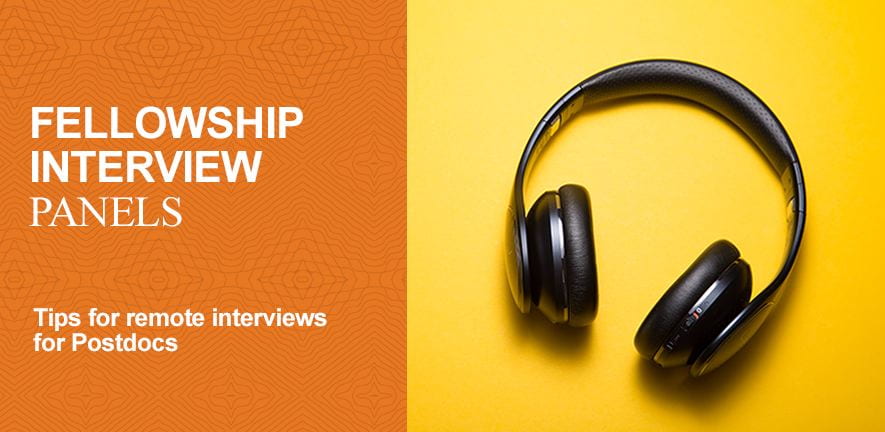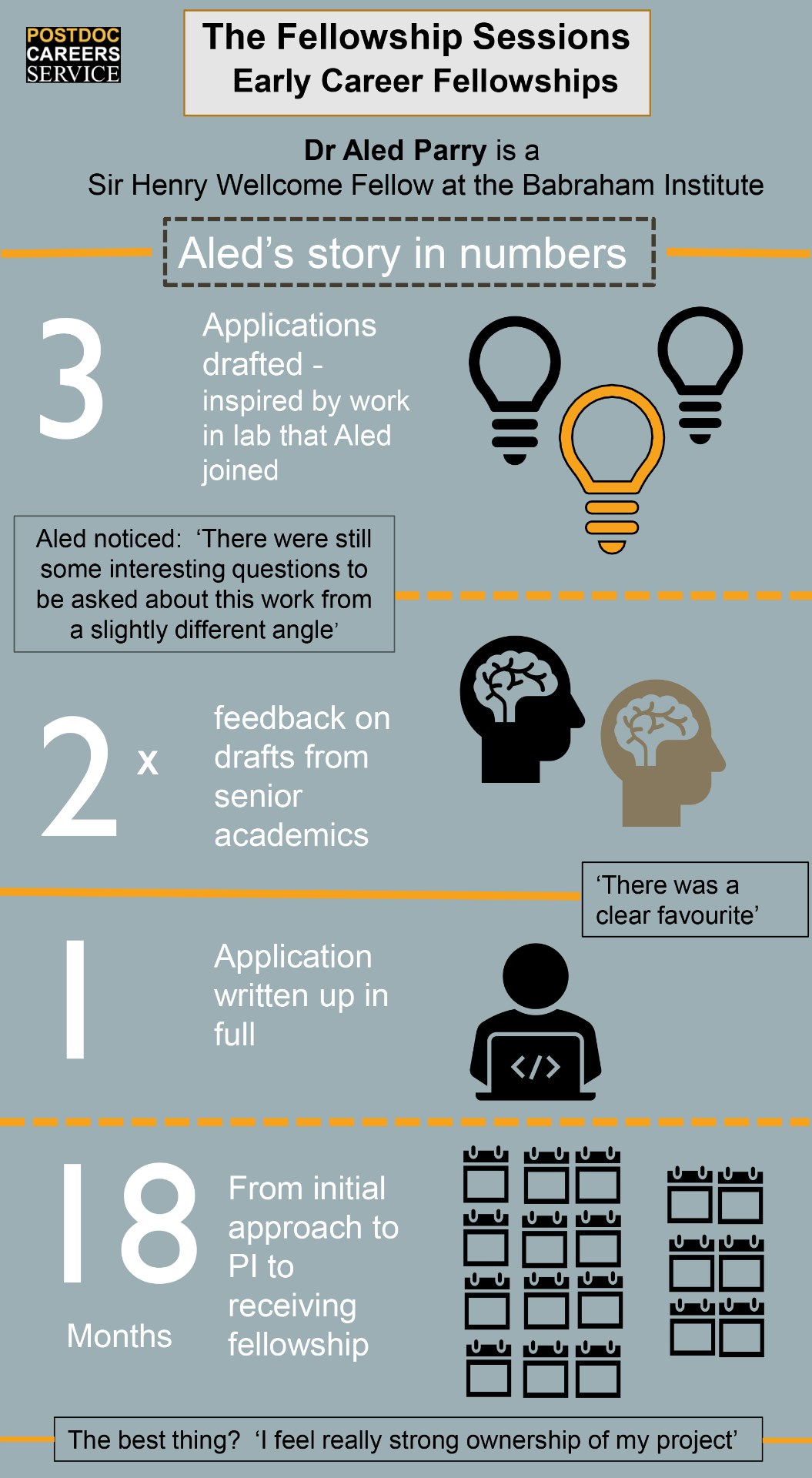
Despite a national lockdown, some funders are still going ahead with fellowship interviews remotely. Anne Forde gives some tips for defending your proposal from home
Postdocs tell us it’s intimidating entering a fellowship panel interview in the hallowed halls of the Royal Society, the Wellcome Trust, the Research Councils and other funders.
Despite the lockdown and public health emergency we’re living through, some funders are still going ahead with fellowship interviews remotely. Last week we’ve been working with postdocs to help them prepare.
So what do you do if you have to defend your proposal from home?
Here are some tips we hope will help in our brave new online world. Some of the advice applies to face to face fellowship interviews too.
Make every minute count
Fellowships interviews are short. Most are done and dusted in 30 mins so make every minute count.
Find out what platform the funder is using and practise using it. Your ‘venue security’ is important too.
Everyone who gets to a fellowship interview has an excellent proposal.
What counts at the interview is getting the panel excited about your research questions. It’s impossible to be memorable if you don’t look or sound like you believe in the work. With stress levels understandably high, you may come across as dry or uninspiring.
Introverts fear not, you don’t need to fake an upbeat personality. Try to imagine how happy you’d be doing this work and making your discoveries… so look like you actually want to do the work.
Practise the tech
This will ease your nerves on the day. Find out what platform the funder is using and practise using it. Your ‘venue security’ is important too.
Try to do everything humanly possible to make sure you are not interrupted at home during the interview (mobile phones, deliveries etc).
Practise your talk with someone who’s in a different location, get them to record it on the platform and listen afterwards.
Sound check – don’t sound like you are talking to dolphins
Practise your talk with someone who’s in a different location, get them to record it on the platform and listen afterwards.
You may have sounded great in your room but your connection might not be doing you any favours.
I had a practice session last week with a postdoc going for a Royal Society University Research Fellowship. With a great project and an articulate and convincing candidate, what could go wrong?
The connection was poor on the postdoc’s side so about every 5th word dropped on my end and this detracted from an otherwise great delivery. Have pity on the panel members who say interviewing all day is exhausting. Video interviewing is even harder work for them. If you lose their understanding, however briefly, their energy and interest levels will drop.
Using a decent style headset and a microphone will go a long way. No one likes listening to a distorted voice which sounds more like you are underwater talking to dolphins.
Aesthetics and poise matter
In our world now turned upside down, this seems superficial and trivial but it matters. Stand up when you give your talk. This is a natural way to present and you will look and feel more confident.
Put a big arrow at the webcam so you remember to look at it, rather than always gazing at the sea of panel members’ faces.
You can look at the interviewers while they speak, but focus on the webcam when you reply. I’d recommend answering their questions standing too. It’s hard to get a good visual angle sitting down, and many people look like they are just about to go downhill on a rollercoaster, or unwittingly rock back and forth as they answer questions which can make the viewer feel unnerved or even seasick.
Don’t have a messy background.
The panel are distinguished but even intellectuals can be irritated by a view of an untidy bedroom or distracted by your intriguing book collection. If you would like to have notes, limit it to key words and consider using post-it notes near the camera. Otherwise, you could end of shuffling papers or reading notes during the interview, which will be obvious to the interviewers.
Put a big arrow at the webcam so you remember to look at it, rather than always gazing at the sea of panel members’ faces.
Keep your talk to time
Do not dare overrun on the intro talk.
The funder will give you an allowed time limit. It’s better to have less content and be under time. Panels are notoriously irritated by people who run over. Don’t incite their wrath or give them the opportunity to cut you off.
Get a grilling from academics and peers
90% of the questions will be project specific so ask people in your dept and those outside your specific field to give you a tough online practice.
It probably won’t be fun but you’ll be primed if the panel start to pick holes.
Book a practice with the Careers Service Postdoc team
We’ll push you on the broader questions of ‘so what’ and ‘why you’. Activate your Handshake account and book an online session with us and we can practise on the platform you need to use. We also have a hoard of specific feedback and interview questions from most of the fellowship schemes. Email us and we’ll send these and you can browse the perennial fellowship questions online.
It’s over and you’ve survived
When it’s over, make sure your video and sound links are off before you do whatever you need to do to relax. When you’ve recovered, we’d love to hear how it went.
Good luck.
What we know as of 30 March: Royal Society is interviewing using Zoom. The MRC were proposing online interviewing but have changed to the interview candidates providing written feedback on referees’ comments.
Anne Forde, Postdoc Careers Adviser



 silience?
silience? All of which sounds interesting – but what has this got to do with your funding proposal?
All of which sounds interesting – but what has this got to do with your funding proposal?